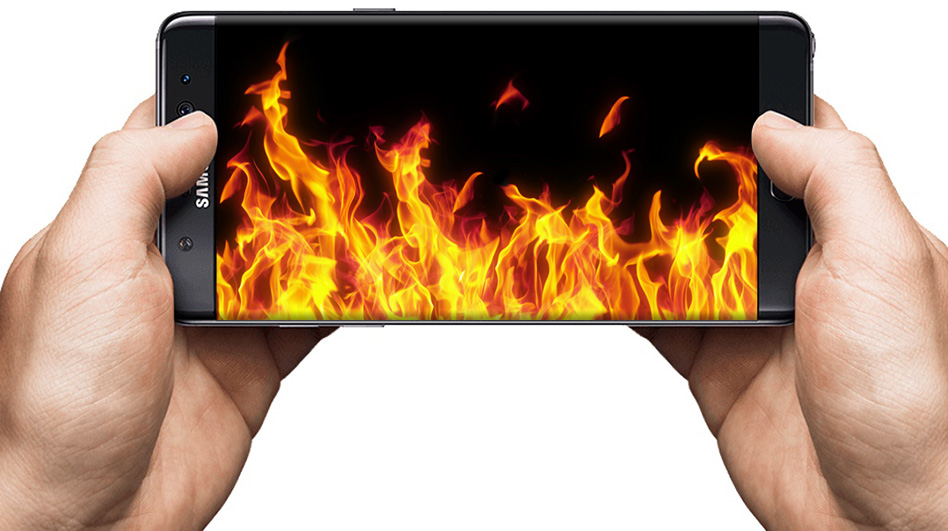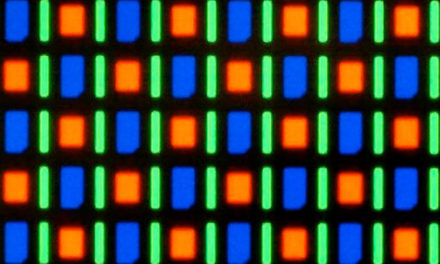On August 19 2016, Samsung Electronics released the Galaxy Note 7, the latest in a highly successful series of stylus driven “phablet” smartphones. Less than a month later, on September 15, Samsung announced a voluntary recall of the device following reports that a number of units had overheated and in rare cases, caught fire or exploded. Citing defects in the phones’ batteries, Samsung replaced affected phones with ones that contained batteries from a different supplier. However in the following month, reports began to surface of replacement phone overheating and catching fire, resulting in Samsung issuing yet another recall on October 10. Samsung immediately followed this second recall with a full discontinuation of the Note 7.
How could such a prolific company, one with the highest market share in worldwide smartphone sales and several successful device launches under its belt have such a disastrous launch? The answer is two-fold. First, to keep up with consumer demands for both battery life and style, Samsung pushed the limits of battery and charging technology to their breaking points. Second, Samsung was eager to release their flagship phone to market ahead of their rival Apple, resulting in less time dedicated to quality assurance and testing.
Since the launch of the original Galaxy Note in 2011, Samsung (and the smartphone industry as a whole) has been pushing the limits of battery capacity, function, and style. Today’s consumers not only want smartphones with wicked fast performance and super crisp screens, but phones that last all day without having to wait hours for the battery to fully charge. This struggle to deliver both style and stamina has resulted in a device with one of the highest energy densities in its class. The original note weighed in at 178 grams, was 9.65 mm thin, and had a battery capacity of 2500 mAh. The Note 7 on the other hand weighs only 169 grams, is 7.9 mm thin, but has an even greater battery capacity at 3500 mAh. By cramming more battery capacity into a smaller form factor, the potential for overheating rises dramatically.
Consumers want their smartphones to last all day, but they don’t want to wait around for hours waiting for the battery to charge. To address this concern, Samsung built the Note 7 with a feature called “Quick Charge”. Quick Charge allows the phone to be charged at a current of 2.1 amps as opposed to the traditional 0.5 or 1.1 amps. Lithium-ion batteries, used in virtually all modern smartphones including the Note 7, are generally considered to be safe, but are prone to “thermal runaway” when charged too rapidly or past their designated capacity. Evidently, Samsung pushed the Note 7’s charging capabilities beyond its safe limits with Quick Charge. During the initial recall, Samsung issued a software patch to non-recalled units that limited the battery to a 60% charge. This change was made to ensure that the battery was not charged past the safe limit, and implies that the original design was determined to be unsafe. Had the problem been a simple a matter of defective batteries from a specific supplier, there would never have been a second recall. The fact that replacement phones, with batteries from a different supplier altogether, still had problems indicates a more fundamental issue with the entire charging system.
With the constraints of battery and charging technology well understood, and with many successful device launches leading up to the Note 7, what went wrong with this launch? Why didn’t Samsung simply invest more time in the quality assurance phase of development to rule out potential issues? The answer lies in Samsung’s bitter rivalry with competitor Apple. Since the original release of the iPhone in 2007, Apple has routinely announced new and improved revisions of the device each year. The iPhone 6 Plus, announced in September 2014, was Apple’s first phablet phone and was a direct competitor to Samsung’s Note series. As expected, the successor to the 6 Plus was announced exactly a year later, with the iPhone 7 Plus announced exactly a year after that. With such a predictable launch schedule, it was no surprise that Samsung was eager to beat Apple to market by releasing the Note 7 before Apple’s announcement, thereby stealing some of their thunder.
With this timeframe in mind, Samsung had to design, engineer and begin manufacturing on the Note 7 before September, or risk losing a portion of their valuable market share to Apple. Understandably, they did not have the luxury of time to spend on further quality assurance. Samsung likely would have identified and corrected the issue with the battery and charging system had they not been in such a hurry to release the phone ahead of Apple.
How did the world’s largest smartphone manufacturer suffer such an embarrassing failure after years of market dominance? The answer comes down to two fundamental struggles. The struggle with the limitations of physics and chemistry resulted in a battery and charging system that were pushed beyond the safe limitations of design. Meanwhile, the economic struggle to retain market share while competing with rival Apple forced Samsung’s hand and caused them to release a product that clearly had not undergone the proper quality assurance and testing. With an estimated profit loss of $4.6 billion, the Note 7’s recall was an extremely difficult failure for Samsung, and one that will likely not be repeated in the near future.










Great, this is what I was searching for in google
I just could not depart your site prior to suggesting that I actually enjoyed the standard information a person provide for your visitors? Is going to be back often to check up on new posts